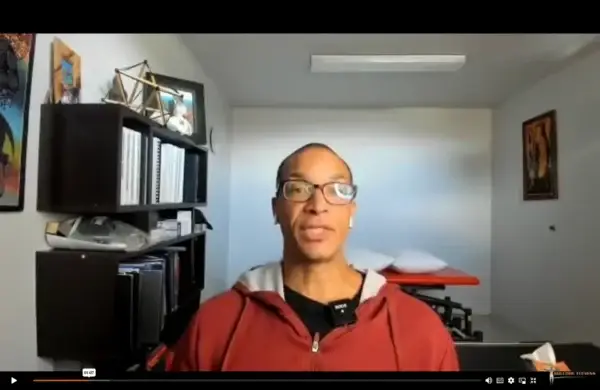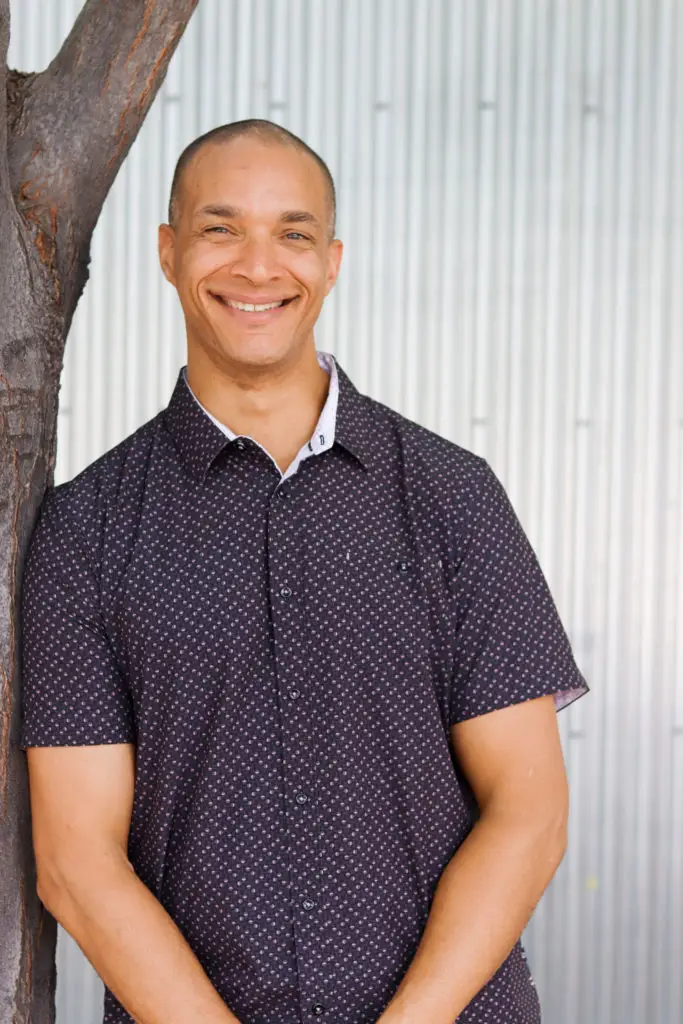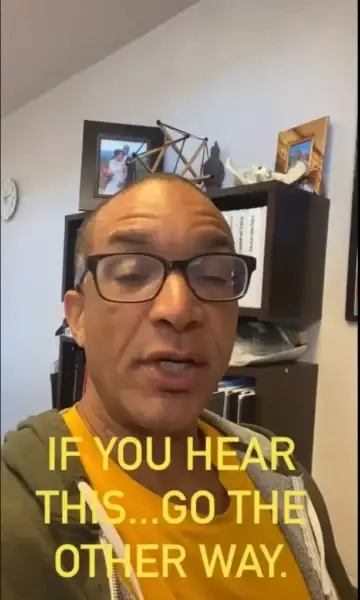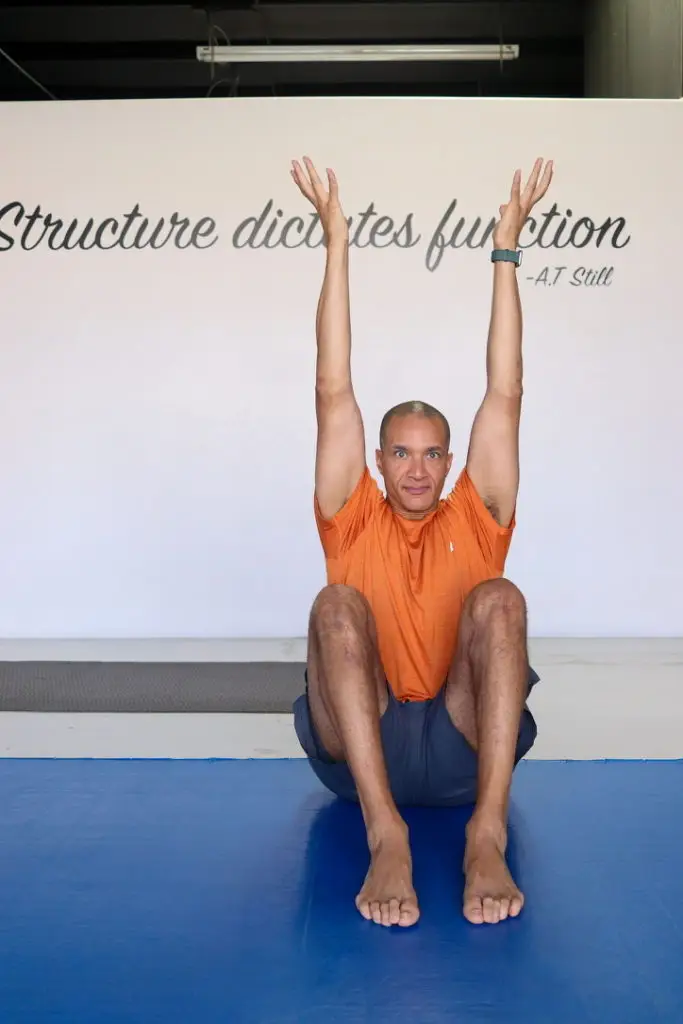
“Once I do X, then I’ll…”
“Things are chaotic—when it calms down, I’ll start.”
“This works for my schedule better than that…”
We’ve all justified inaction with logic. How often is “practicality” just fear whispering in a business suit?
Understanding Fear’s Tricky Disguise
Our brains crave safety—and often seek it through rationalizations:
- Not booking that health screening because “it can wait until after this stressful month.”
- Delaying a new fitness routine until “work slows down.”
- Settling for an old, ineffective stretch routine because “switching now might throw everything off.”
But comfort (and its twin, “practicality”) can quietly block your growth, health, and happiness.
Why the Smartest People Get Tricked
“Mary,” a high-powered attorney, was a pro at planning. She never missed a deadline—with work. But her back pain program? “Not a good quarter to start.” Every season, the excuse shifted: a trial, a trip, a new training, the holidays. Behind her logic was fear—fear of failure, fear of discomfort, even fear of success (“What if I actually get better?”).
How to Spot Fear’s Favorite Phrases
- “Now’s just not the right time.”
- “Let me just fix X and I’ll start Y.”
- “I just need more information/training/support before beginning.”
- “What I’m already doing is fine—for now.”
These keep you in the comfort zone, repackaged as wisdom.
What’s Underneath Three Core Fears
- Fear of Judgment: “What if I try and fail?” So you never start, and no one can criticize your efforts.
- Fear of Discomfort: Change is work, and routines are cozy—even when unfulfilling.
- Fear of Losing Identity: Many folks make being “busy,” “always struggling,” or “injured” part of who they are; growth threatens that narrative.
How to Break Free Action Steps
1. Notice the Script
Any “practical but perpetual” reason should trigger a red flag.
Jot down what you tell yourself, and note how often these “valid” reasons push your real health, fitness, or growth to the back burner.
2. Name the Real Fear
Ask bluntly: “If there were no obstacles, what would I feel if I started today?” Surfacing the fear robs it of power.
3. Write a Tiny, Immediate Plan
Commit to one simple, uncomfortable first step—book a consult, attend a single class, spend 10 minutes on a new routine.
4. Expect Resistance and Walk Through It
Every meaningful change brings anxiety. It feels like danger, but it’s just stretching the edge of your comfort zone.
Client Story: “Michael’s Leap”
Michael wanted to correct long-standing shoulder pain. Every month, a new reason popped up to stall. Together, we spotted the deeper pattern (fear masked as “scheduling conflicts”), set a single appointment, and started small. A year later, he’s pain-free, stronger, and now tells others: “Action—especially when uncomfortable—is always the right time.”
Why Osteopathic Manual Therapy Breaks the Pattern
[Osteopathic manual therapy] isn’t just about hands-on healing; it’s about assessment, facing your starting point, and accepting change at a safe, expert-driven pace.
- You’ll get support reframing fears (“Is this pain, or just the sensation of new movement?”)
- Adjustments are gradual, not overwhelming.
- Small victories build genuine confidence, making action easier the next time.
Final Thought: Practicality Is Only Practical…If It Moves You Forward
Real practicality is growth-oriented—it’s about choosing the safest steps to move toward your goals. If your plans never risk, never stretch, never make you sweat (a little), you’re not being “practical”—you’re being cautious, and likely letting fear hold you still.
If habitual stress, tension, or “one day” thinking still has you stuck, take the next practical step schedule Osteopathic manual therapy.
You’ll build resilience, confidence, and movement one real, meaningful action at a time.
It’s not just working out, it’s building a foundation for a better life.
Find out more @








